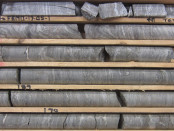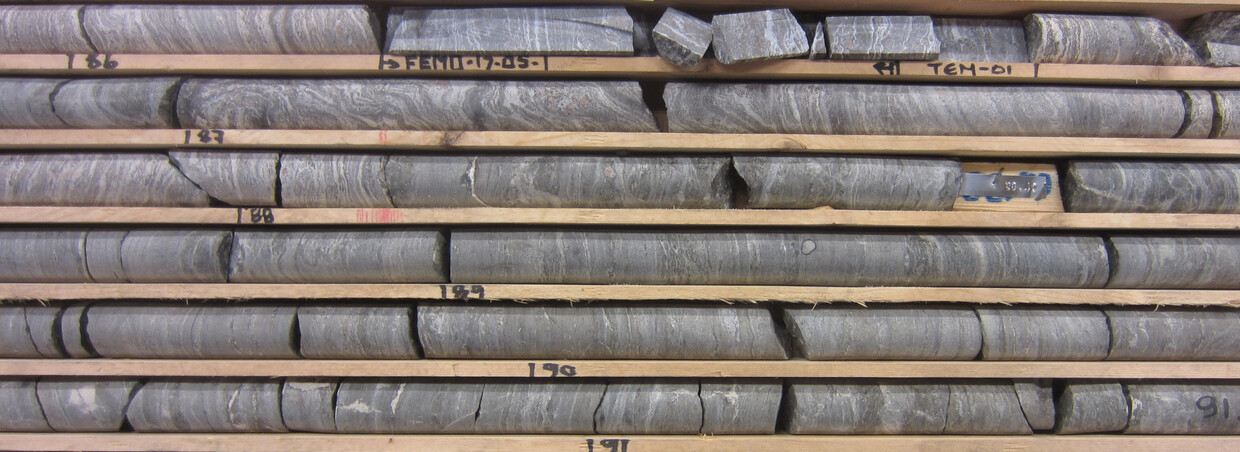
Source area processes in the Central Lapland Greenstone Belt and the Svecofennian, Finland
- Funding:
Deutscher Akademischer Austauschdienst, DAAD; Geological Survey of Finland, GTK;
BGR Hochschulvergabeprojekt

The origin of ore-forming components, i.e., fluids and metals, is still an outstanding question in orogenic gold deposits, especially in Precambrian terranes (Goldfarb and Groves 2015). For mineral exploration, the recognition of appropriate geological formations as source of metals and ore-forming fluids, and the understanding of the processes behind the formation of metal-enriched fluids and their transport in hydrothermal systems are of greatest importance. This project investigates the source of metals and the process that produced the metal-rich fluids leading to the formation of the orogenic gold deposits in the Central Lapland Greenstone Belt (CLGB) and the Svecofennian of Finland. The CLGB consists of metavolcanic and metasedimentary rocks, which are interpreted as relics of a Paleoproterozoic oceanic crust. It hosts numerous orogenic gold deposits (>9 Moz Au) with typical (Au-only) and atypical (Au-Cu ± Co, Ni, Mo, U) metal associations in similar lithological and structural setting (Eilu et al. 2007). The latter type of deposits may prove an important future resource for Co. State of the art low detection limit whole rock analysis highlights that metal mobilisation occurred during the prograde metamorphic history of the CLGB. Significant depletion of Au, As and S is observed in metavolcanic rocks while significant depletion of Cu, Mo, Se, Sb, Te, U, S and As is observed in metasedimentary rocks. This implies a bimodal source area for the metals enriched in the CLGB orogenic Au deposits. However, the prograde metamorphic mineral reactions, which release these metals to the hydrothermal fluid are yet to be constrained. In-situ trace element analysis by LA-ICP-MS of relevant minerals, such as sulfides, is required to fully understand metal mobility during metamorphism. Better understanding of the geochemical cycle of metals during orogenic evolution is an important step for refining our models on orogenic Au deposit
